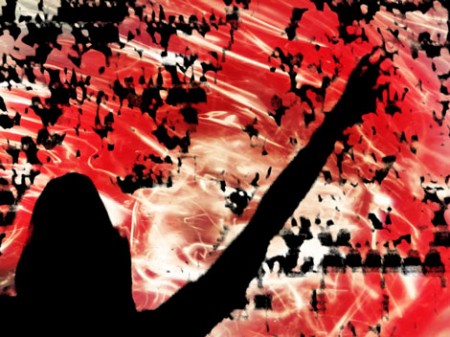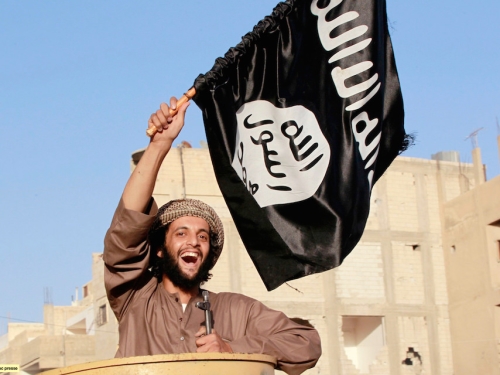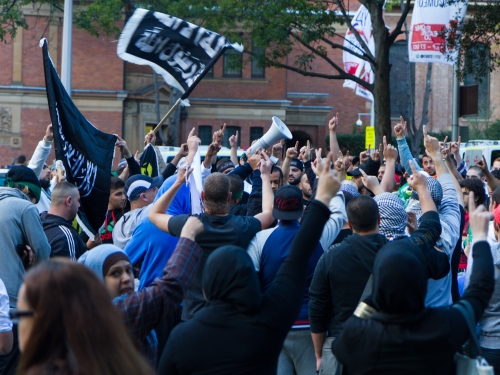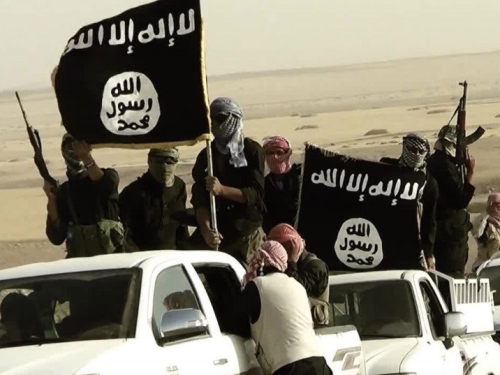
This article was originally published as part of the Crisis Group’s The Future of Conflict project on 21 December, 2015.
Policymakers trying to prevent and resolve deadly conflict — and those, like the International Crisis Group, seeking to influence them — are all too unhappily familiar with that corollary to Murphy’s Law which tells us: “If you’re feeling good, don’t worry: you’ll get over it”. The continuing decline in the reality and prospect of war between states gives us much to be pleased about, as does the reduction — more than most people think — in the number and intensity of wars and incidents of mass violence within states, at least those driven by the familiar forces of greed for territory or government power, or the fears or grievances of particular groups.
But we have all been deeply sobered by the re-emergence, within and across state boundaries, and on a scale not seen for centuries, of a new breed of conflict: extreme violence driven by non-state actors motivated by religious ideology. Starting with al-Qaeda and its offshoots and imitators in Africa and Asia, this has been now given most alarming expression with the emergence of the Islamic State (IS), or Da’esh — its leadership now focused on Syria and Iraq, but rapidly finding supporters elsewhere, like Boko Haram in West Africa and a number of jihadi groups in North Africa and South East Asia. The strategies and tools that have been working elsewhere to date have had little or no traction in this context, and all of us need to go back to the drawing board.




